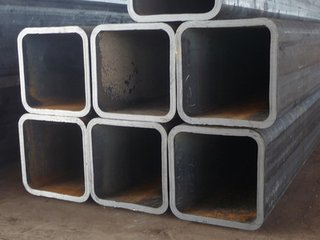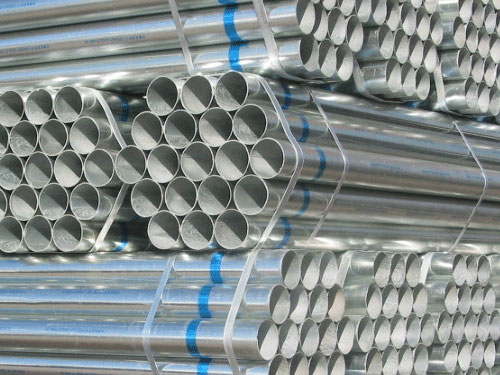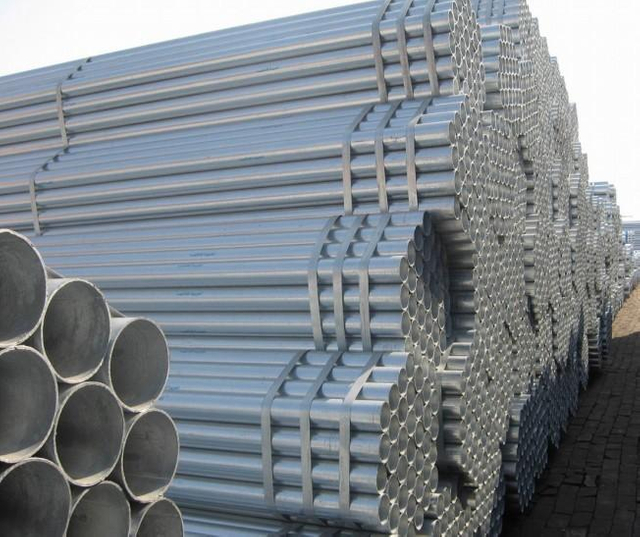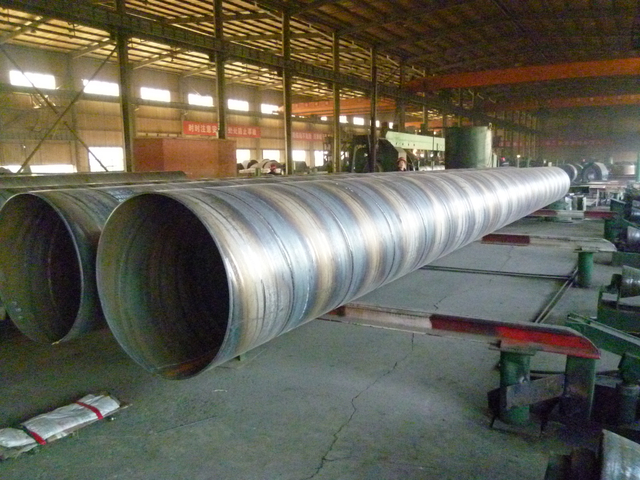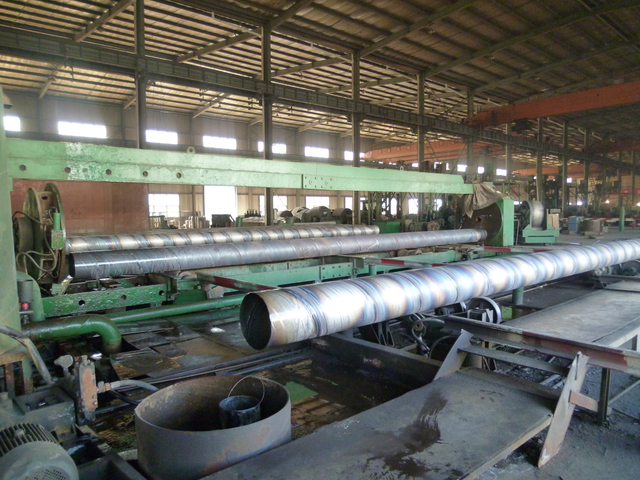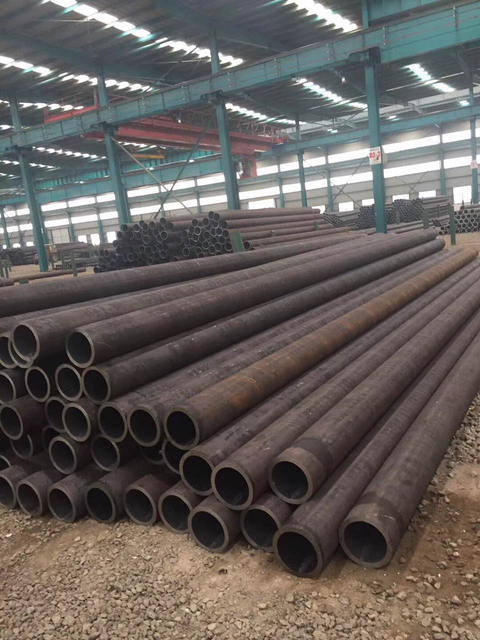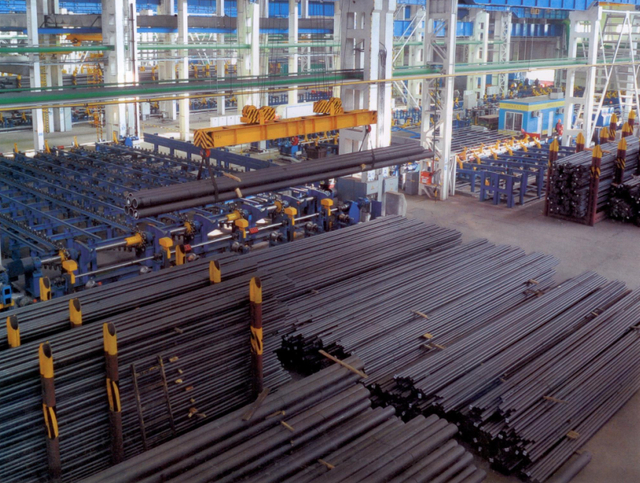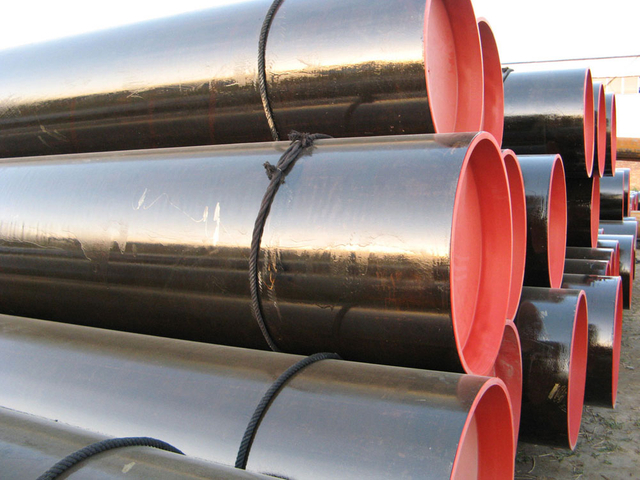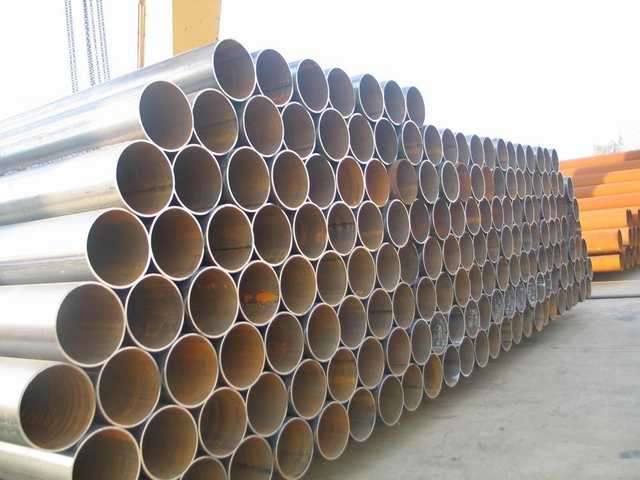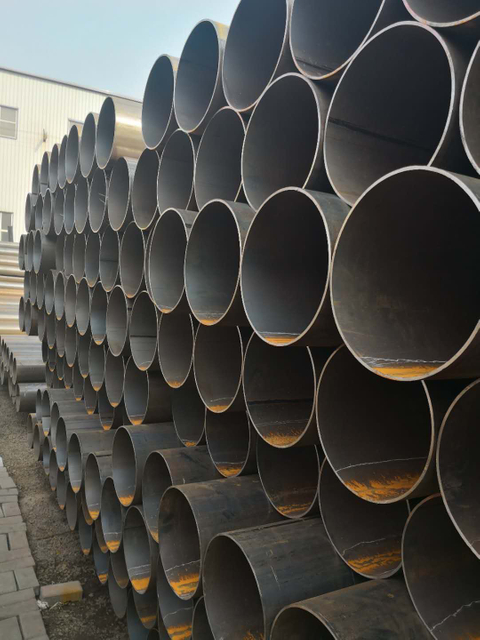Views: 0 Author: Site Editor Publish Time: 2023-06-14 Origin: Site








Exploring the transition from Stainless Steel to Galvanized Pipe: A Comprehensive Guide
When selecting the best materials for plumbing systems, it is essential to understand the interplay between stainless steel and galvanized pipes. To help make this decision a bit easier, consider the following pros and cons of using stainless steel piping compared to galvanized pipes, along with the scenarios that they are best suited for.
Stainless steel is a reliable, sturdy option for pipes due to its strong build and anti-erosion components. On the other side, galvanized pipes are covered in zinc; this helps them to endure wear and tear, preventing disintegration because of oxidation.
Joining stainless steel and galvanized pipes needs special attention. Simply connecting them is discouraged as it could cause galvanic corrosion, a chemical reaction accelerating decay of the metals. While this is a concern, there are ways to reduce the risk.
Creating a secure connection between stainless steel and galvanized pipes can be achieved with dielectric unions. This union consists of a plastic or rubber insulating sleeve which prevents direct contact between the two metals and significantly reduces the risk of galvanic corrosion. Dielectric unions are regularly utilized in everyday residential and commercial plumbing systems to join different pipe structures, including stainless steel and galvanized.
Secure the stainless steel piping to its galvanized counterpart with brass fittings or nipples, which serve as a bridge material to prevent galvanic corrosion. Utilising brass in plumbing pieces enables an enduring and safe connection between the two pipe materials.
The right installation and upkeep are essential for successful associations of galvanized and stainless steel pipes. On the off chance that there are any signs of corrosion, leaking or deterioration, immediate action should be taken to stop further harm to the assembly.
For particular requirements, stainless steel pipes are regularly used in water supply systems. In these environments, their strength to resist rust or damage from high temperatures is a valuable asset. Its protection from corrosion in humid or damp conditions is advantageous and reliable.
Galvanised piping has many uses in residential settings, in irrigation systems, and for exterior installations. The zinc coating of these pipelines makes them highly resistant to erosion, a specifically significant advantage in humid climates or with direct contact with soil.
It's critical to be mindful that galvanized pipes don't last as long as stainless steel pipes. Gradually, the zinc coating of the galvanized pipes can corrode, meaning rust and deterioration become a reality. Consequently, when debating connecting galvanized and stainless steel pipes, it's paramount to determine how long the whole fixture will last and be prepared to carry out maintenance or switch them out if required.
When it comes to pipe installation, galvanized and stainless steel materials should not be treated equally. Careful thought needs to be put into the application for each type of pipe ahead of installing it. Dielectric unions or brass fittings can provide a viable connection between these two materials - minus the risk of galvanic corrosion. Comprehending the advantages and drawbacks brought on by either installing stainless steel or galvanized pipes can help compose a plumbing system that is able to withstand the test of time and usage.
